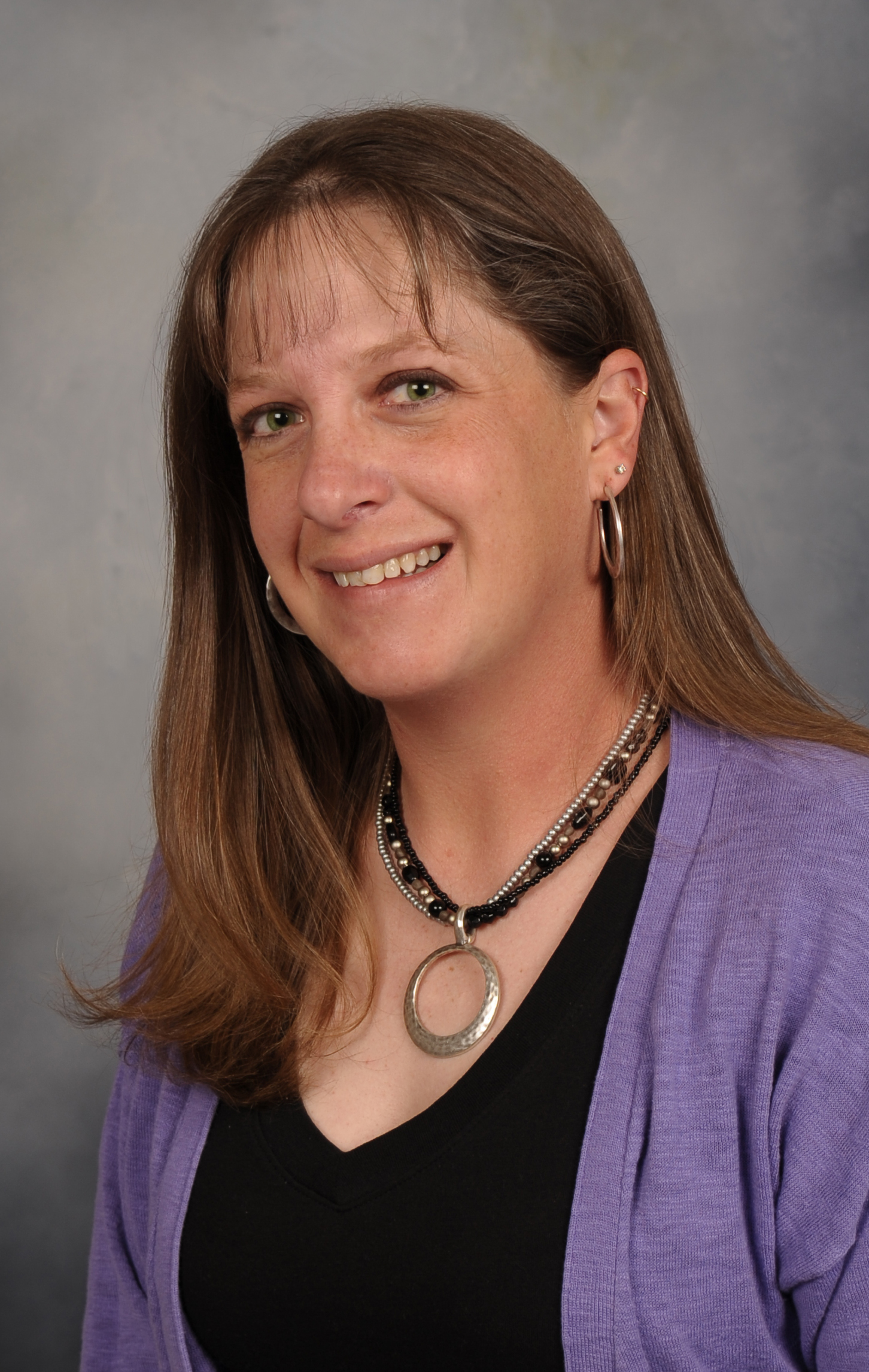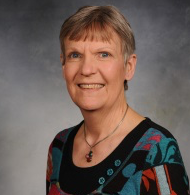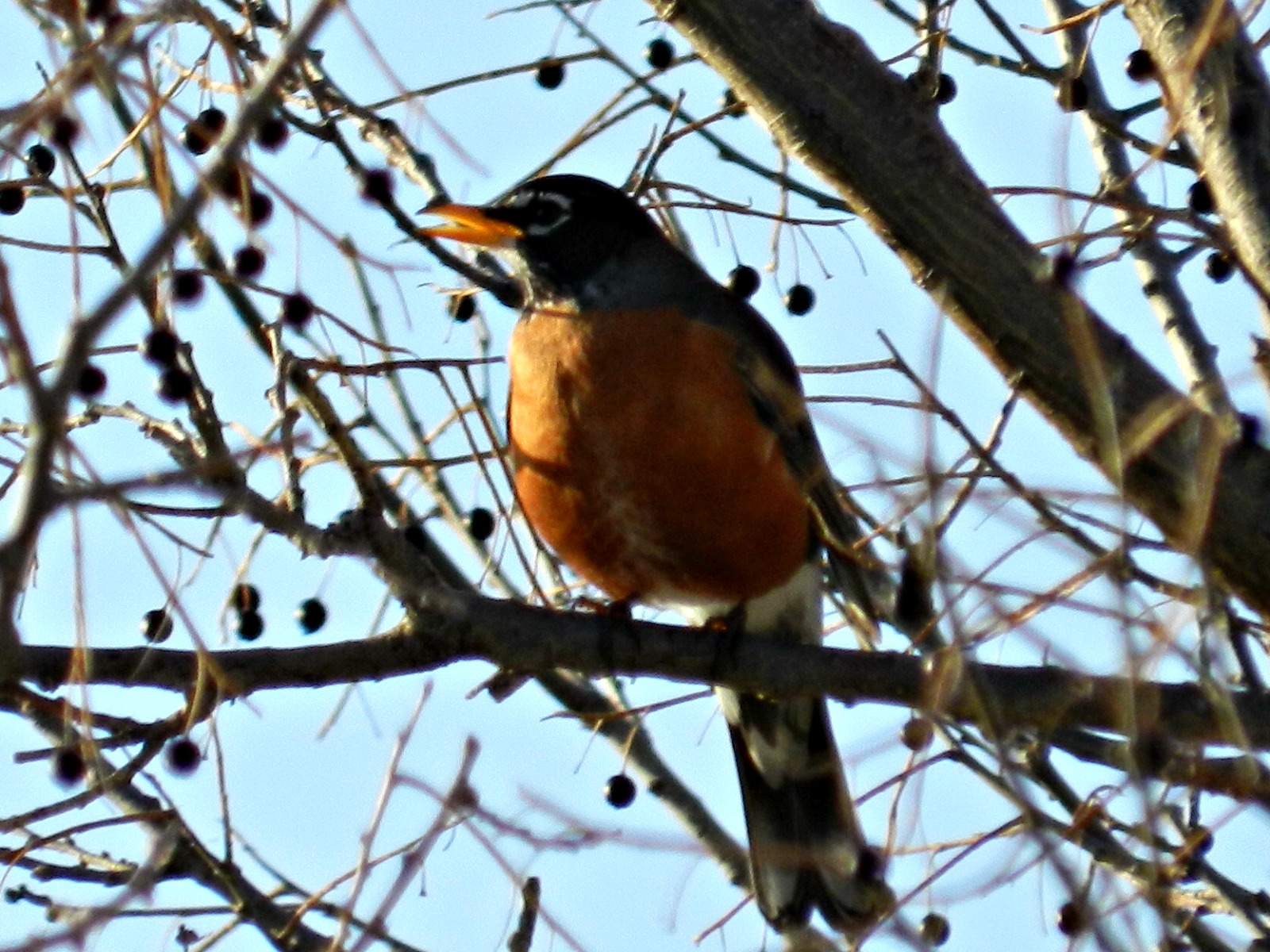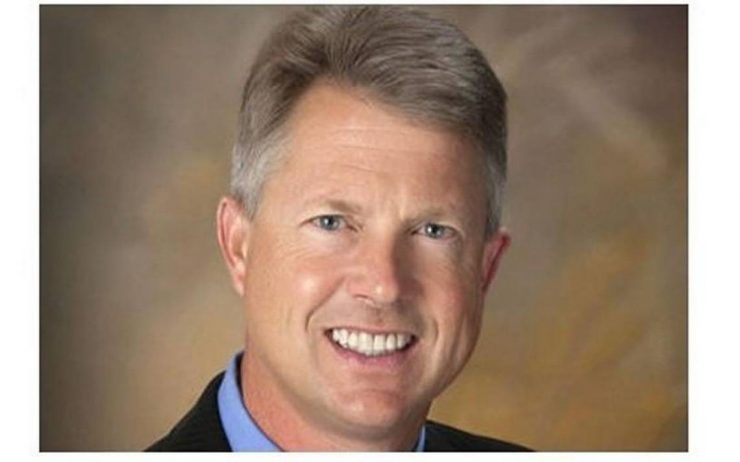
If your family farmed, you’ll see photos of your relatives attired in wide-brimmed hats. Look at their shirts. They wore loose-fitting, long-sleeved, light-colored garments.
Now fast-forward to the photographs of the mid – ‘60s. Clothing styles changed. You don’t see too many long-sleeved shirts any longer. Broad-brimmed hats have been replaced with baseball caps proclaiming seed, feed, tractors, and organizations – just about any company logo under the sun.
Today’s farmer no longer wears the clothing of yesteryear – clothing that afforded protection from the sun’s harmful ultra-violet rays. Instead he or she wears a smaller, softer, snug-fitting cap that will not blow off and bump into machinery. Farmers prefer their hats to be inexpensive or free, and they like them colorful.
While the ball cap is comfortable and affordable, it does not protect the temples, the tender, delicate ear tips and the back of the neck. The baseball cap doesn’t extend far enough to offer protection needed to guard against the sun.
Health specialists in the agricultural field have been tracking skin cancer and the sun’s harmful impact on farmers and other segments of society since 1983. While reports of deaths from skin cancer remains small, the number of tumors has increased significantly according to family physicians that treat farmers in rural communities.
Ultra-violet rays are one of the leading causes of cancer on farms today, researchers say. But with early diagnosis, treatment is possible. Farmers and ranchers should insist on inspection for skin cancer as part of their regular check-up.
Without protective measures, sun will eventually result in skin cancer. Dermatologists recommend that anyone working or playing in the sunshine protect their skin completely by wearing clothing and a wide-brimmed hat.
The American Cancer Society will tell you there is a skin cancer epidemic. The number of cases is rising faster than any other tumor being studied today.
One reason skin cancer may be on the rise is due to more leisure time and more exposure to the sun. If anyone wanted evidence of this, they need only look at the thousands who attend the “Country Stampede” in Manhattan in late June. Ball caps, shirtless guys and gals wearing two-piece bathing suits parade everywhere.
How can we stem the tide?
Youngsters and young adults must be aware of possible skin cancer. If they learn about the sun’s dangerous rays at an early age and practice prevention, skin cancer can be avoided in later years.
Farmers, ranchers – just about anyone who works or plays in the sun should avoid direct exposure during the midday sun. This period is roughly from 10 a.m. until about 4 p.m. in the Midwest.
If you can’t wear a wide-brimmed hat and protective clothing, apply at least a Number 30 sun protective lotion. Today’s farmers and ranchers would be well-advised to take a page out of their family albums – to return to those days of floppy, wide-brimmed straw hats and long-sleeved, baggie cotton shirts.
Who knows, maybe they could start a new fashion craze as well as protect their skin from the damaging rays of the sun.
John Schlageck, a Hoxie native, is a leading commentator on agriculture and rural Kansas.




























